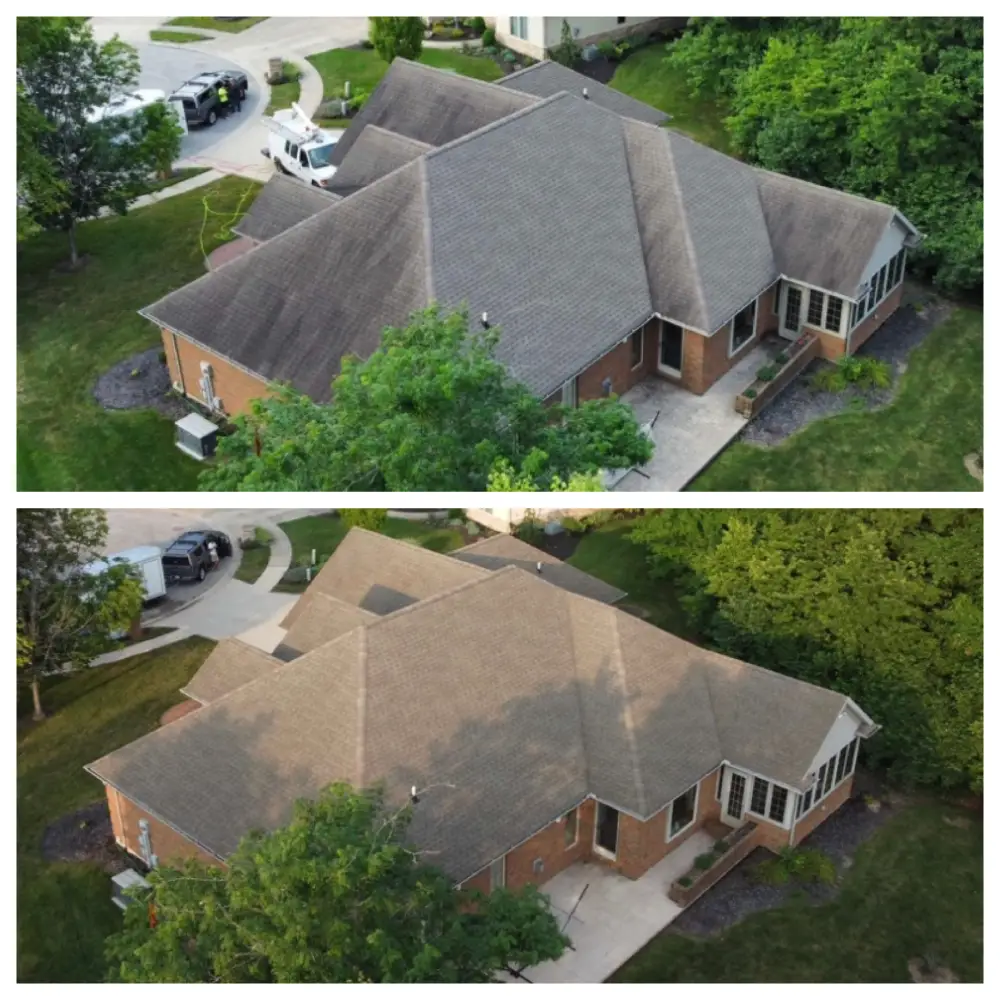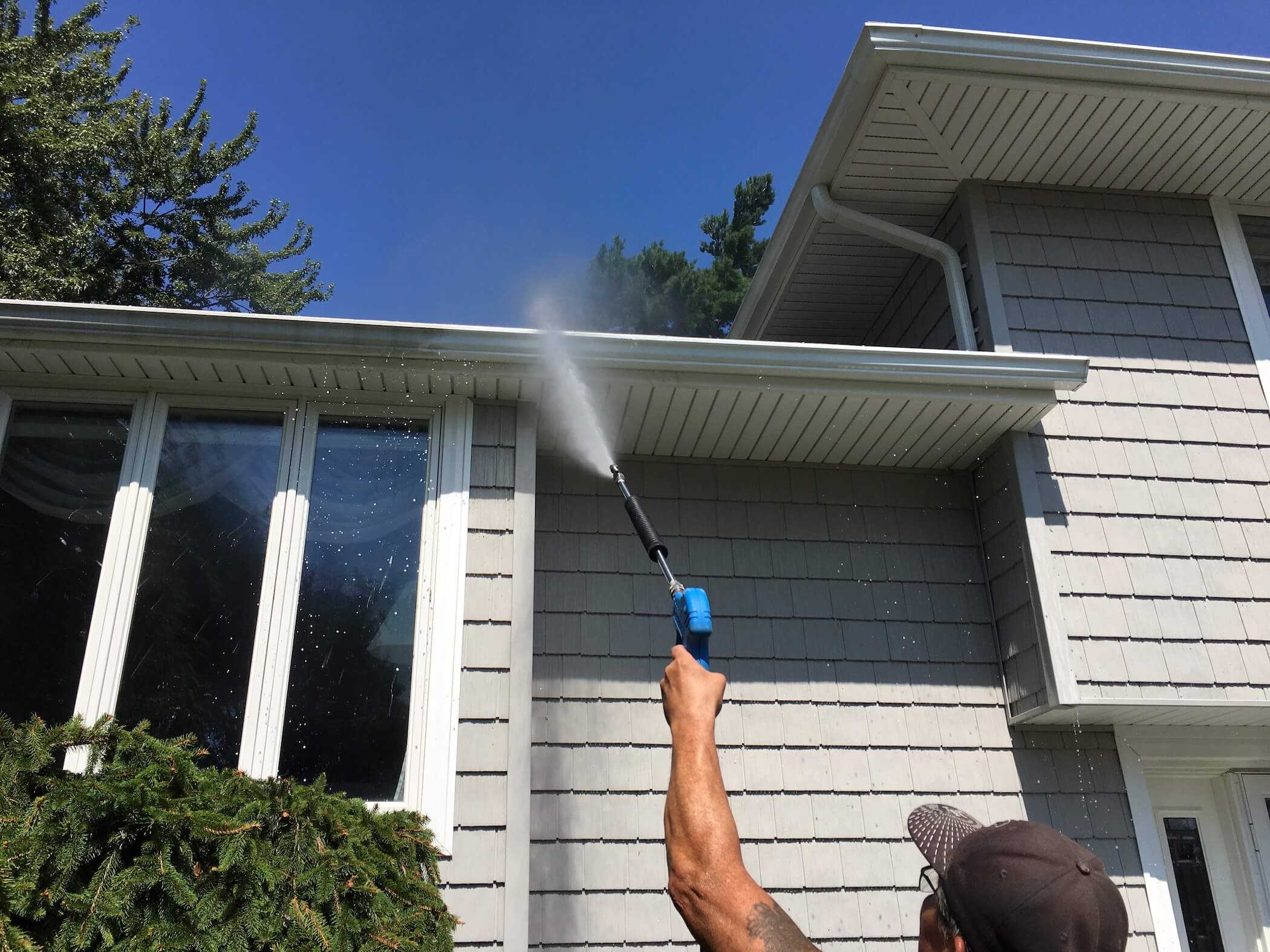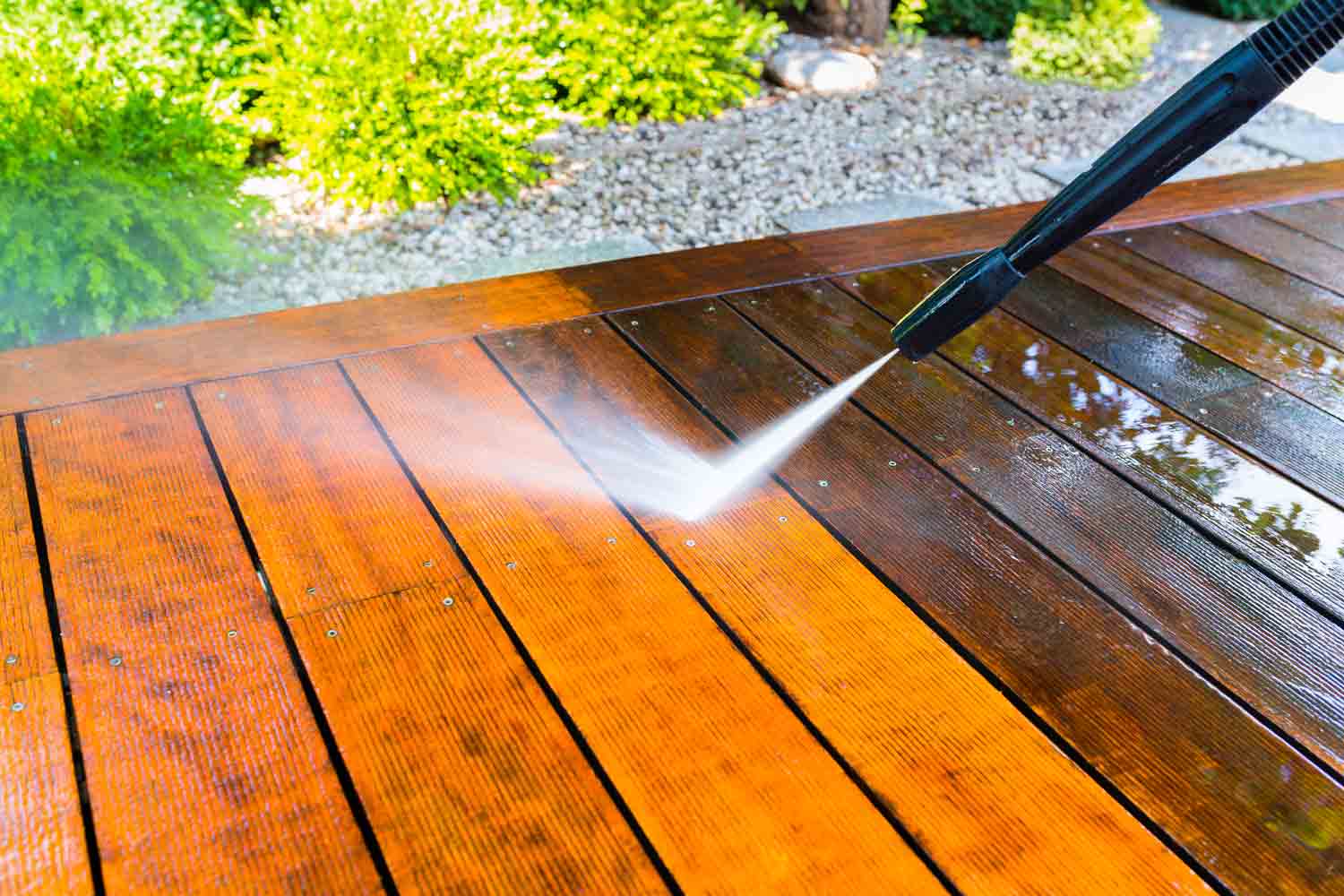Transform Your Commercial Property with Euclid Commercial Washing Services
Transform Your Commercial Property with Euclid Commercial Washing Services
Blog Article
Reliable Methods for Graffiti Elimination That Recover Surface Areas to Their Original State
The difficulty of graffiti elimination is multifaceted, needing an understanding of different graffiti kinds and one of the most reliable strategies for remediation. From chemical options that cater to certain paint structures to press cleaning methods that protect the honesty of surface areas, each technique has its benefits. Furthermore, the increase of green choices offers a compelling situation for ecologically aware methods in this area. As we explore these approaches, it ends up being vital to think about not just their effectiveness but also their more comprehensive effects on remediation efforts and area appearances. What methods will ultimately verify most efficient?
Comprehending Graffiti Types
Comprehending the varied types of graffiti is necessary for reliable removal approaches. Graffiti can be broadly categorized into a number of kinds, each calling for different methods for elimination. One of the most usual types consist of murals, throw-ups, and tags. Tags are the simplest type, including a stylized trademark or logo design, usually developed quickly with spray paint or pens. Their relatively tiny size can make them easier to remove but can still present obstacles depending on the surface area.
These items can cover more area and may necessitate various elimination techniques contrasted to tags. The elimination of murals provides one-of-a-kind challenges due to the potential for damage to the underlying surface area and the artistic value.
Understanding these distinctions is vital for choosing the right strategies and materials for effective graffiti removal. Each type not just varies in its visual influence however likewise in the techniques that will be most reliable in bring back surfaces to their original problem.
Chemical Removal Techniques
When tackling graffiti removal, chemical techniques are often one of the most efficient and efficient strategy for numerous surface areas. These techniques make use of specialized formulations made to damage down the chemical bonds in graffiti, making it much easier to remove without harming the underlying material.

It is vital to select a chemical cleaner that is compatible with the surface being treated to stop damage. Checking the product on a little, unnoticeable area before extensive application is recommended. Additionally, correct safety equipment, such as masks and gloves, ought to be put on to guarantee safety and security throughout the elimination procedure.
Once the graffiti has been dissolved, it is essential to extensively wash the surface to remove any type of chemical residue, which can bring about staining or destruction over time (Graffiti Removal in Euclid). Generally, chemical removal approaches provide a powerful remedy for restoring surface areas to their original state while lessening prospective harm
Pressure Washing Techniques
While chemical removal techniques are extremely reliable, stress washing offers a different method for graffiti elimination that can be similarly reliable, particularly on long lasting surface areas. This approach uses high-pressure water jets to remove and get rid of graffiti from numerous materials, such as concrete, block, and metal.
The efficiency of stress cleaning joints on a number of factors, including the pressure setup, nozzle type, and the range from which the water is applied. Typically, a stress series of 2,000 to 3,000 PSI is suggested for most surfaces, yet modifications might be necessary depending on click site the substrate's level of sensitivity. Utilizing a follower spray nozzle can help cover bigger areas efficiently while lessening the danger of damaging the underlying product.
Before push cleaning, it is important to analyze the graffiti's structure. Water-based paints often respond much better to this method than long-term or oil-based markers. Furthermore, pre-soaking the area with water can improve the removal process by minimizing paint bond. After the stress washing is complete, surface areas ought to be examined for any staying deposit, and a 2nd pass might be needed to achieve optimal outcomes. In general, pressure washing is an effective device in the graffiti elimination collection.

Eco-Friendly Solutions
Several individuals and companies are progressively seeking eco-friendly solutions for graffiti elimination, acknowledging the value of decreasing ecological influence. Standard graffiti elimination techniques frequently entail harsh chemicals that can be unsafe to both the environment and public wellness. In comparison, green services use safe and biodegradable products that efficiently get rid of graffiti without triggering damage to surfaces or releasing hazardous materials right into the environment.
One effective method is making use of natural solvents, such as citrus-based cleansers, which harness the power of plant-derived active ingredients to damage down paint without leaving hazardous residues. In addition, baking soda and vinegar blends can work as mild abrasives that raise graffiti while being risk-free for the setting.
Another ingenious method is using eco-friendly stress washing systems that make use of much less water and energy contrasted to standard approaches. These systems frequently integrate specialized nozzles and eco-conscious detergents that improve effectiveness while lowering waste.
Preventative Steps
Preventative procedures play an important function in combating graffiti criminal damage and decreasing its event. By executing critical techniques, homeowner and communities can hinder possible wrongdoers and decrease the expenses related to graffiti removal.
One reliable approach is using anti-graffiti layers, which create a safety layer on surface areas, making it difficult for paint to stick. These finishes can be colored or clear, allowing the initial visual to stay intact while supplying a protect versus criminal damage. Furthermore, the installation of surveillance cameras in risky locations can visit this web-site work as a deterrent, as the visibility of monitoring technology might prevent prospective culprits.
Neighborhood engagement is additionally vital; organizing neighborhood watch programs or graffiti clean-up occasions promotes a sense of ownership and satisfaction among homeowners. Educational efforts in schools can raise recognition concerning the unfavorable impacts of graffiti, promoting respect for personal and public building.
Final Thought
In conclusion, the reliable elimination of graffiti calls for a complex method that takes into consideration the kind of graffiti and the surface material. An extensive understanding of these methods is necessary for attaining optimal results in graffiti removal endeavors.

Report this page